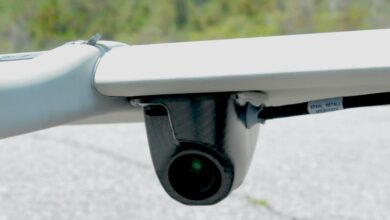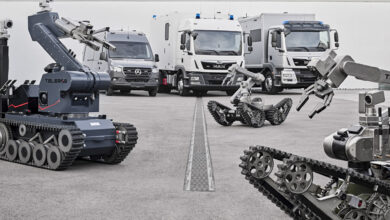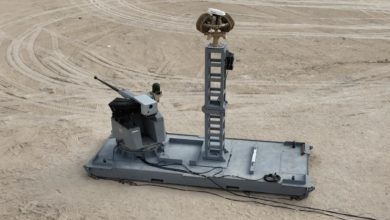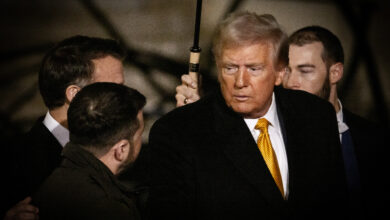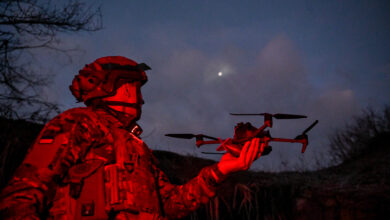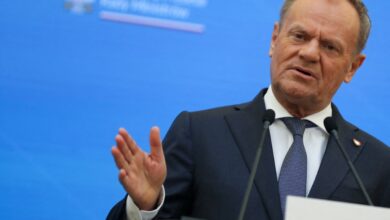North Korea recently showcased two new aircraft military observers claim were copies of US-made MQ-9 Reaper and RQ-4 Global Hawk drones.
The unmanned aerial vehicles (UAVs) were included in a parade of weapons Pyongyang conducted last week amid escalating tensions with South Korea and the US.
The first drones, carried by a convoy of trucks, looked nearly identical to General Atomics’ Reaper drones — a powerful combat platform that carries up to eight AGM-114 Hellfire missiles.
VIDEO: North Korea's new drones are rolled out in state television footage of the military parade Thursday, while Kim Jong Un is shown talking to Russian defense minister Sergei Shoigu pic.twitter.com/z8f3jnDchu
— NK NEWS (@nknewsorg) July 28, 2023
Although the similarities in performance and reconnaissance capabilities were still unclear, their visual resemblance reportedly reflects North Korea’s efforts to emulate the growing US drone program.
In a separate defense exhibition ahead of the parade, Pyongyang also flaunted a Global Hawk lookalike bearing a North Korean flag on its engine.
According to the state-run KCNA news outlet, the new systems are a “strategic reconnaissance drone” and a “multi-purpose attack drone” developed and produced to support the North Korean Air Force.
More Armed Than Original
Seoul-based military analyst Yang Uk told NK News that the North Korean MQ-9 copies appear more armed than the original platform.
They reportedly have six weapon stations (three per wing) instead of only four in the American version.
Although the system design appears copied, Yang expressed doubts that Pyongyang could access US-made sensors and avionics to integrate into the drones.
NEW: North Korea airs the first video footage of its two new military drones in action, showing a combat UAV firing missiles during flight. Read more about the unveiling here: https://t.co/AoOvLYVg2l pic.twitter.com/07uYQGJv3g
— NK NEWS (@nknewsorg) July 27, 2023
Another analyst, Xu Tianran from Open Nuclear Network, noticed the bulging domes at the heads of the new North Korean drones.
The country does not own a communications satellite, so the purpose of the domes is unclear.
Xu said North Korea could rent satellite bandwidth from powerful allies to use what appears to be satellite dishes on the new drones.
“Being able to place those UAVs in a loitering position, or track near the southern part of North Korea … then it would give them the opportunity to collect a lot of intelligence data from the South,” Troy University lecturer Daniel Pinkston said.





